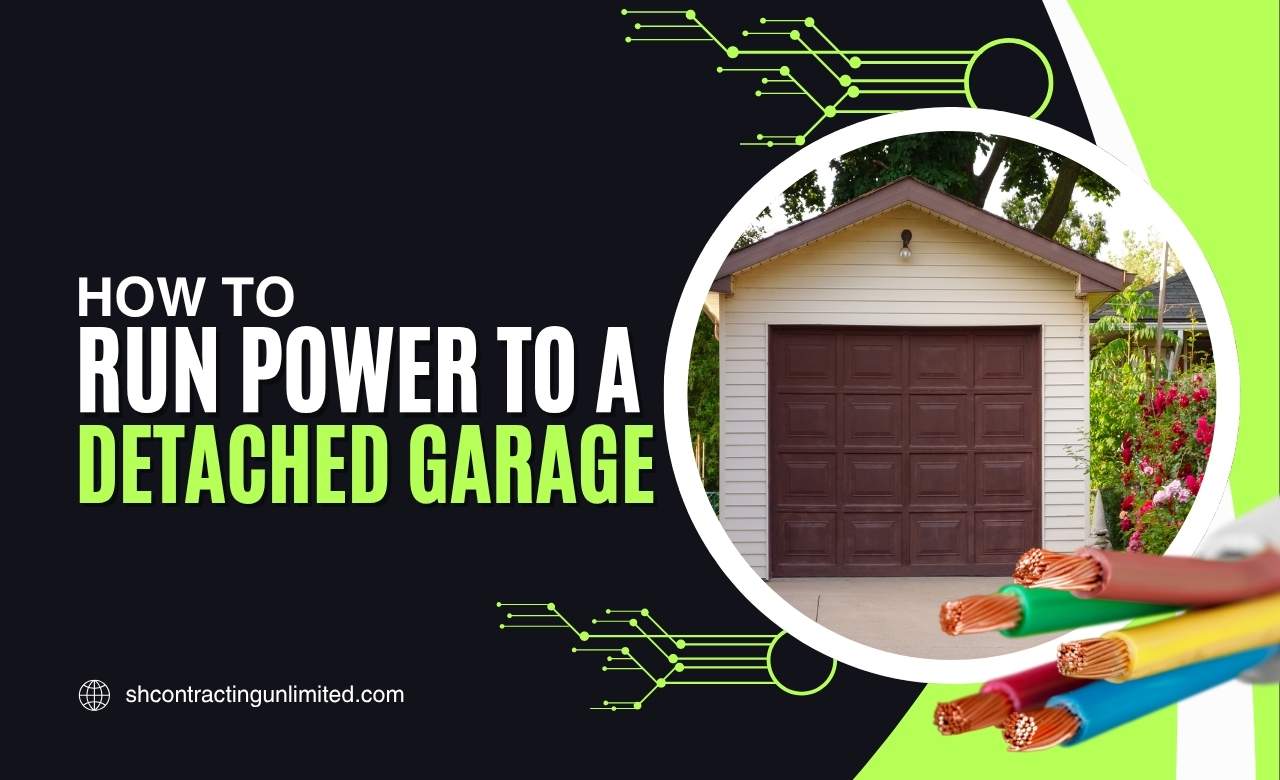Smart homes are becoming standard in modern living, offering control, comfort, and energy savings through connected devices for everyday tasks.
However, wiring them correctly requires more than just basic tools. It involves careful planning, safe electrical work, and the kind of know-how only experienced professionals can provide.
DIY vs. Professional Smart Home Wiring

Before getting into the expert tips, it’s important to understand the key differences between DIY smart home wiring and professional installation.
Many homeowners underestimate the complexity involved until unexpected issues start to appear—issues that could have been avoided with professional expertise.
Here’s a quick comparison to help clarify:
| Aspect | DIY Wiring | Professional Wiring |
|---|---|---|
| Planning | Basic and limited to known needs | Detailed planning with scalability |
| Safety | High risk if done incorrectly | Code-compliant, safety-first execution |
| Network reliability | Often Wi-Fi dependent, slower speeds | Hardwired infrastructure for stable, fast connectivity |
| Device integration | Limited to plug-and-play devices | Full integration across platforms and systems |
| Cost efficiency (long term) | May lead to repairs, replacements, or rewiring | Efficient from the start, reducing future costs |
| Support & maintenance | No ongoing support | Professional maintenance and future upgrade readiness |
Now that you understand the real differences, let’s move into what experts do to wire a smart home correctly from day one.
10 Tips From the Experts for Wiring Your Smart Home
Here are the best and most helpful tips for you:
1. Start with a Complete Smart Home Plan

Before any wires are run or devices are purchased, everything starts with a clear blueprint. Identify the systems you want to automate:
- Smart lighting and dimmers
- Voice-controlled assistants (like Alexa, Google Home)
- Automated window shades
- Security systems and cameras
- Smart thermostats and HVAC control
- Audio and video distribution
- Networking infrastructure
Every component should be accounted for in your plan to avoid costly changes later.
- Here you can get Complete Home Automation Services
2. Install Structured Cabling
Structured cabling is the backbone of your smart home. Experts run Cat6 or Cat6a Ethernet cables to every major room in the house, not just for internet access but also for smart TVs, cameras, access points, and hubs.
Benefits include:
- Faster, more stable connection than Wi-Fi
- Future-proofing your home for new tech
- Cleaner integration of devices
3. Use Centralized Wiring Panels

Rather than scattering control boxes and network devices throughout the house, professionals install a centralized control hub, often in a utility closet or dedicated media rack. All cables route back to this panel, making maintenance and upgrades much easier.
This central hub manages:
- Routers and switches
- Patch panels
- Smart home controllers
- Media distribution systems
4. Separate Power and Data Lines
One major mistake untrained installers make is running power and data cables too close together. This can cause electromagnetic interference (EMI), leading to signal degradation in your smart systems.
Always run low-voltage data lines at least 12 inches away from electrical wiring and never in the same conduit.
5. Ensure Sufficient Power for Smart Devices

Smart homes need more than just wiring—they need power. Devices like smart locks, PoE cameras, touch panels, and wireless access points require constant energy. Plan extra outlets and consider Power over Ethernet (PoE) for low-power devices.
A licensed expert will:
- Map out power requirements for each room
- Add extra circuits where needed
- Install backup systems if required
6. Plan for Future Expansion
A smart home should be built for the future, not just the present. Even if you’re not installing every feature today, run the wiring now while the walls are open. Future additions will be easier and less expensive.
7. Label Everything

When you’re dealing with dozens or even hundreds of wires, clear labeling is critical. Every cable should be labeled at both ends. This avoids confusion during installation, repair, or upgrades.
8. Integrate with a Reliable Network
Wi-Fi alone won’t support a fully connected home. You’ll need a robust, hardwired network with multiple access points for strong, uninterrupted coverage across your property.
A professionally wired network ensures:
- Minimal lag during streaming and gaming
- Reliable smart home automation
- Better remote access to devices
9. Choose the Right Smart Home Platform
Wiring a smart home isn’t just about physical cables, it’s about compatibility. Choose a platform (like Apple HomeKit, Google Home, or Amazon Alexa) and make sure your wiring and devices support integration.
10. Work with Professionals

Wiring a smart home is a specialized job that involves detailed knowledge of electrical systems, low-voltage integration, networking, and automation platforms. Doing it wrong can result in system failures, safety hazards, or expensive do-overs.
That’s why smart homeowners trust the specialists at SH Contracting Unlimited for high-end smart home wiring. We make sure your smart home functions flawlessly today and into the future with deep experience in both traditional and advanced systems.
Get It Wired Right the First Time With SH Contracting Unlimited
Your smart home is only as good as the wiring behind it. Sloppy cabling or shortcuts now can cause endless problems down the road. Trust professionals who understand not only electricity but the full ecosystem of smart home integration.
Upgrade your home the smart way today and connect with SH Contracting Unlimited today for Expert Smart Home Wiring Solutions.



